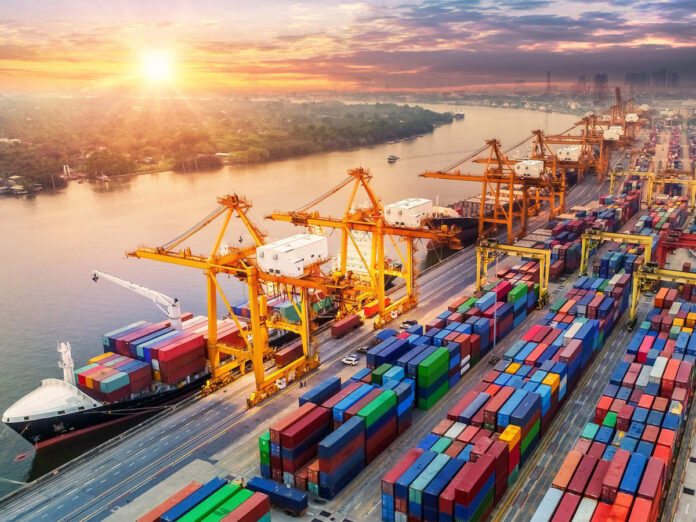Australia has the world’s largest transshipment container port. Over 600 ports link to all the cities in the country, making it a is a global transportation hub. Not only that but this region is one of the most significant ones in the world when it comes to transpiration and cargo, due to its nature and geography. So, you can see that all the prerogatives are there for Australia to be as significant as it is these days. Shipping is the main transportation method for bulk cargo. Land transport in Australia is also cheap because of good road connectivity and the presence of many worlds class logistic companies such as GAC Australia and DHL. Check this site https://www.dhl.com/discover/en-au
Now, we want to disclose a couple of easy steps you can do in Australia. Here is a step-by-step shipping process to get you started.
Step One: Creation of Air Waybill
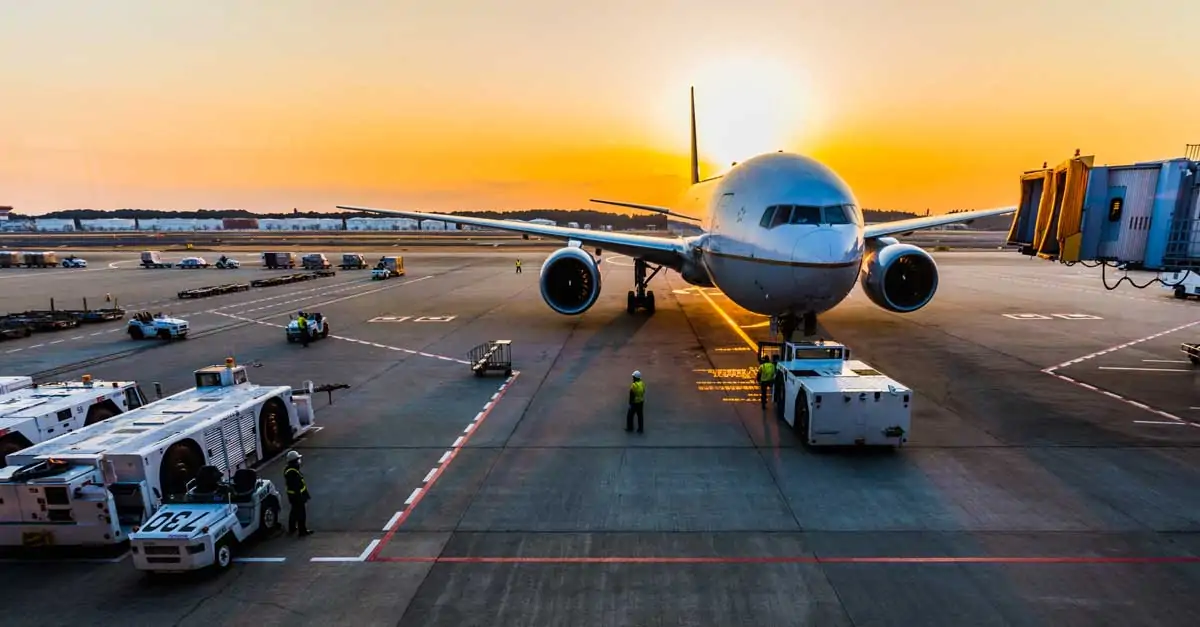
The air waybill (AWB) is the main document for shipping products such as manufactured articles from Australia. Without having this sort of documentation it is not possible to ship the merchandise from the country. The waybill has all the necessary features such as instructions, information, and content of shipment items required for transportation. All this information is a crucial aspect for the procedure to go as smoothly as possible. In some situations, it can be the determination between it being possible or not possible at all. The AWB is used to prove the articles or other items’ ownership. A waybill facilitates a smooth and safe cargo shipment to the intended destination. Therefore, this is not only the first step, it is also the essential one.
Step Two: Preparation of Shipping Invoice
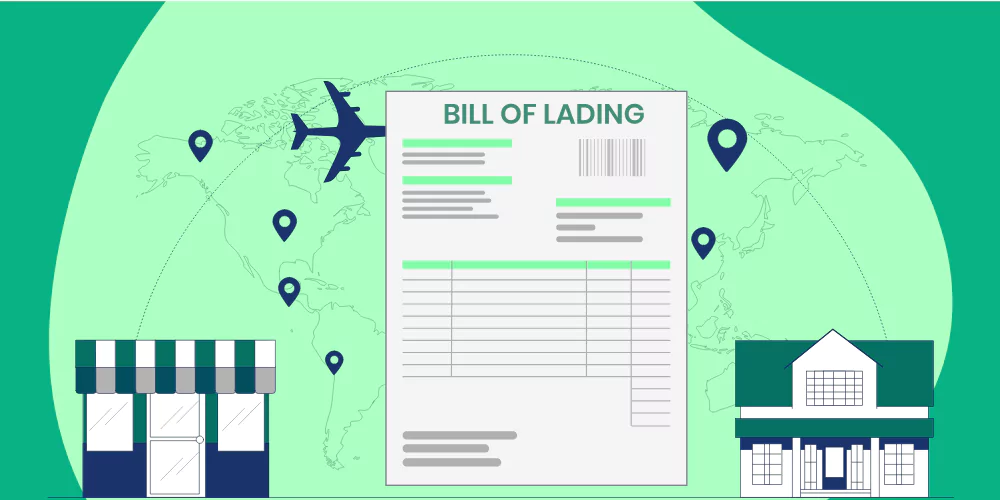
A shipping invoice or a bill of lading provides the required record of the cargo being delivered from the seller to a buyer. A shipping invoice is a legal document and, therefore, is among the documents needed by Australian customs to clear goods. That way, you can achieve the highest level of transparency, needed by both of the parties involved in the deal. Since transparency is one of the most important principles in the world of business, nobody should be surprised by it. Therefore, it is imperative to ensure the invoice is correct and has accurate information corresponding to the content in the waybill. Thankfully, creating these documents is not a complex process to conduct.
Step Three: Packing the Shipment
The goal of any seller or transportation company is to deliver the package in the right shape and on time. Even though this might sound like an easy process, we can all agree that numerous things can go wrong with this part, right? That’s why it is crucial to consider all the elements before the shipment has been made. When shipping from Australia, your article can be transported within the express network through facilities, delivery people, exit vehicles, and airplanes to receivers in good condition during shipping. It involves:
1. Assessment
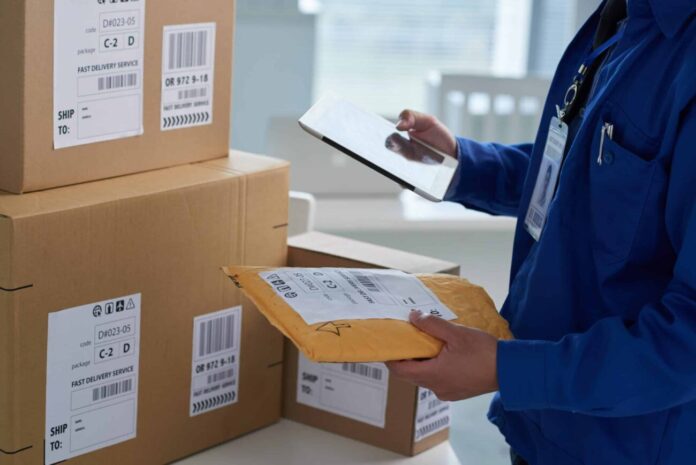
Assessment involves the determination of the weight and shape of the shipment item to consider the best packaging. For instance, heavier ones require strong and durable boxes, while odd-sized ones need unique packages where they can fit easily and comfortably. Naturally, all these boxes should be made according to the need of the products. For instance, if you’re sending something made of glass, you should ensure that it will not break during the transport. It is not always easy to do it, but that doesn’t mean that it is impossible. Moreover, valuable shipment articles require extra protection measures such as double wrapping them. Similarly, all the shipments need additional precautions to protect the items’ weaker points from getting destructed.
Packaging provides optimum protection for the shipment. It is divided into two:
2. External packaging
It involves the selection of a suitable box fitting all the item’s shipment contents with 6cm excess. At the same time, the material these boxes made makes a significant percentage of the preparation.
3. Internal packaging

Internal packaging involves placement of all the contents to be shipped in excellent protection filling the space using bubble wrap and cushions, among others. It needs to be said that no amount can be described as too much. They make the insides much safer than they were before.
4. Sealing
Tightly tape all the edges and seams of the delivery box and reinforce the edges to prevent compression during transportation. However, for transportation of personal shipment items, do not seal your parcel since it will have to be inspected by Australia security before exit. Not providing enough of this can be a source of problems you don’t need.
5. Labeling
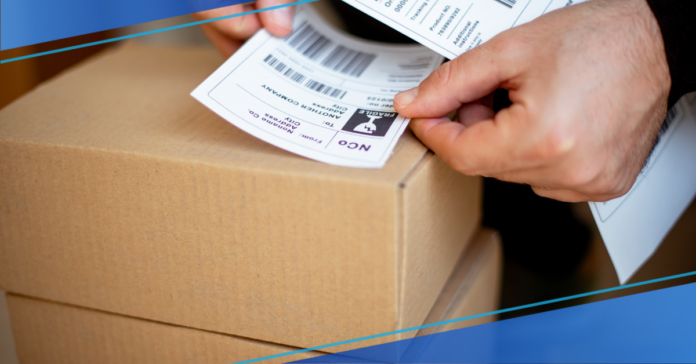
Stick on any special handling and shipping label you might have for easy precaution measures and reference. You must discard or rub all old and irrelevant tags that can confuse and distract the shipmen route. Attach other necessary documents to the shipment article, such as the invoice. By adding labels, you can prevent uncomfortable situations like when the package is mixed up and sent to the wrong address. So, it makes perfect sense to put the labels on the box.
Step Four: Create Your Shipment

Complete all the necessary paperwork to transport your shipment item, including articles. It should have:
- Pick-up date: For example, 2 June 2024.
- Payment: Pay online via reliable and reputable payment gateways such as Credit or Visa Card.
- Print: Print the shipment waybill as well as your customs invoice
Including all these elements in the documentation is the best way to prevent the mistakes that can occur down the road. They have become some sort of standard and by including them you are not just making the process efficient, you are showing the credibility and reliability of your company or brand.
Step Five: Tracking the Shipment
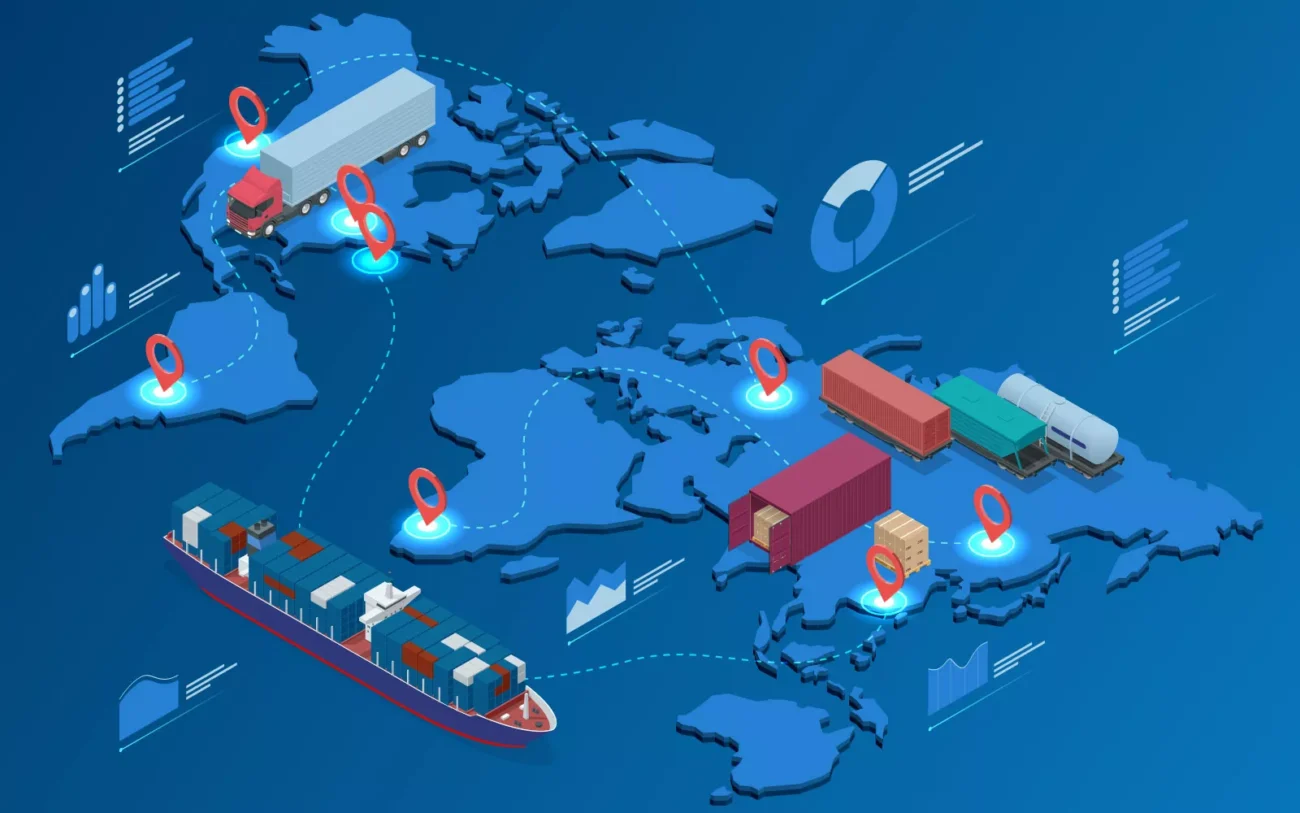
A shipping invoice is sent to you after the shipment has been received and processed, ready for transportation via your email, SMS, or WhatsApp. Additionally, you can log onto the relevant website to track your article shipment. Notably, always check the details of your shipping invoice closely. Thankfully, you can use numerous apps to track it and make sure that it doesn’t have any problems during transportation. Coming across them is nowhere as problematic as it may look at first sight thanks to the modern technologies.
In Conclusion
As you can see, starting shipping in Australia is not as complex as many would think it is. The process requires work, but it’s far from being hard to accomplish. We’ve provided our readers with all the crucial steps that can help with this procedure. We’re sure you will find it useful in your future endeavors.

